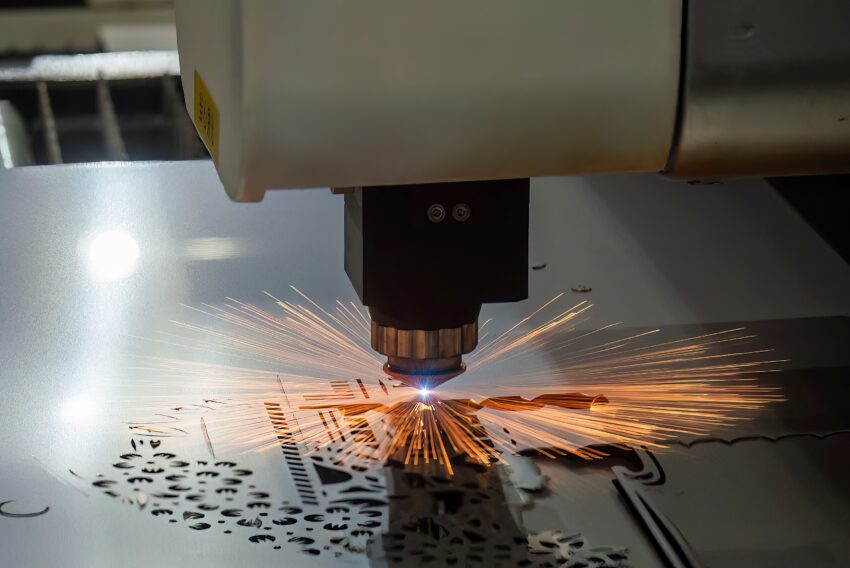It is the noise produced by a car engine, it is the shine of metal on cars, termed chrome, it is this sense of liberty one feels when driving along an open road. All these have fascinated us for more than one hundred years.
But hidden under this smooth outer covering is a system so intricately detailed that only precision can govern such engineering handling. And located right at the center of this elaborate dance performance would be none other than CNC milling or CNC machining: not just any machine but a technological masterpiece.
How did it start?
In the days before CNC (Computerized Numerical Control) came into existence around the middle of the 20th century, manufacturing cars was quite a different process. Skilled machinists had to depend on their skills and instincts to come up with parts that fit together perfectly using manual and semi-automatic machines. The end result was indeed high quality components but this method was slow and liable to mistakes from human error, not forgetting that it could only produce limited quantities due to lack of scalability.
CNC revolutionized and improved the automotive industry
The game was completely revolutionized by CNC milling. It brought computer control to the process, making it possible to manufacture intricately detailed three-dimensional shapes with unbelievable accuracy and uniformity. Visualize a sculptor skillfully using a chisel, only this time, picture the precision of a laser guiding his hand and the relentless consistency achievable by an unyielding machine.
What was the real effect on the auto industry?
The effect on the automotive industry was sudden and significant. This is how CNC milling forever changed the manufacturing process of cars:
- Peerless Precision: The production of engine blocks, crankshafts, camshafts — these vital components that demand precision down to the microns for optimal engine performance, fuel efficiency, and safety. CNC milling provides unmatched precision consistently at every production cycle level.
- A time when every component was manually created with care is now in the past: CNC machines run non-stop and produce parts quickly. The outcome of this speed is that production lines can go faster, making sure new models are developed sooner.
- Material wastage was common with traditional machining methods: CNC milling makes use of computer-aided design software in the optimization of material usage, which leads to lower production costs and reduced waste generation.
- Innovation in processes: with CNC technology, things have taken a new direction. This opened the door for the auto industry to innovate and bring about changes in production. Improved solutions were quickly released, and users were more and more satisfied with what they received as a solution from auto brands.
When you next take your place at the steering wheel, remember to take a moment and marvel at the engineering masterpiece that lies beneath the bonnet. CNC milling is the unassuming maestro orchestrating a complete metamorphosis in automobile production— making sure that henceforth every mile traveled is on the road of an adventurous future, coupled with innovation and efficiency.


